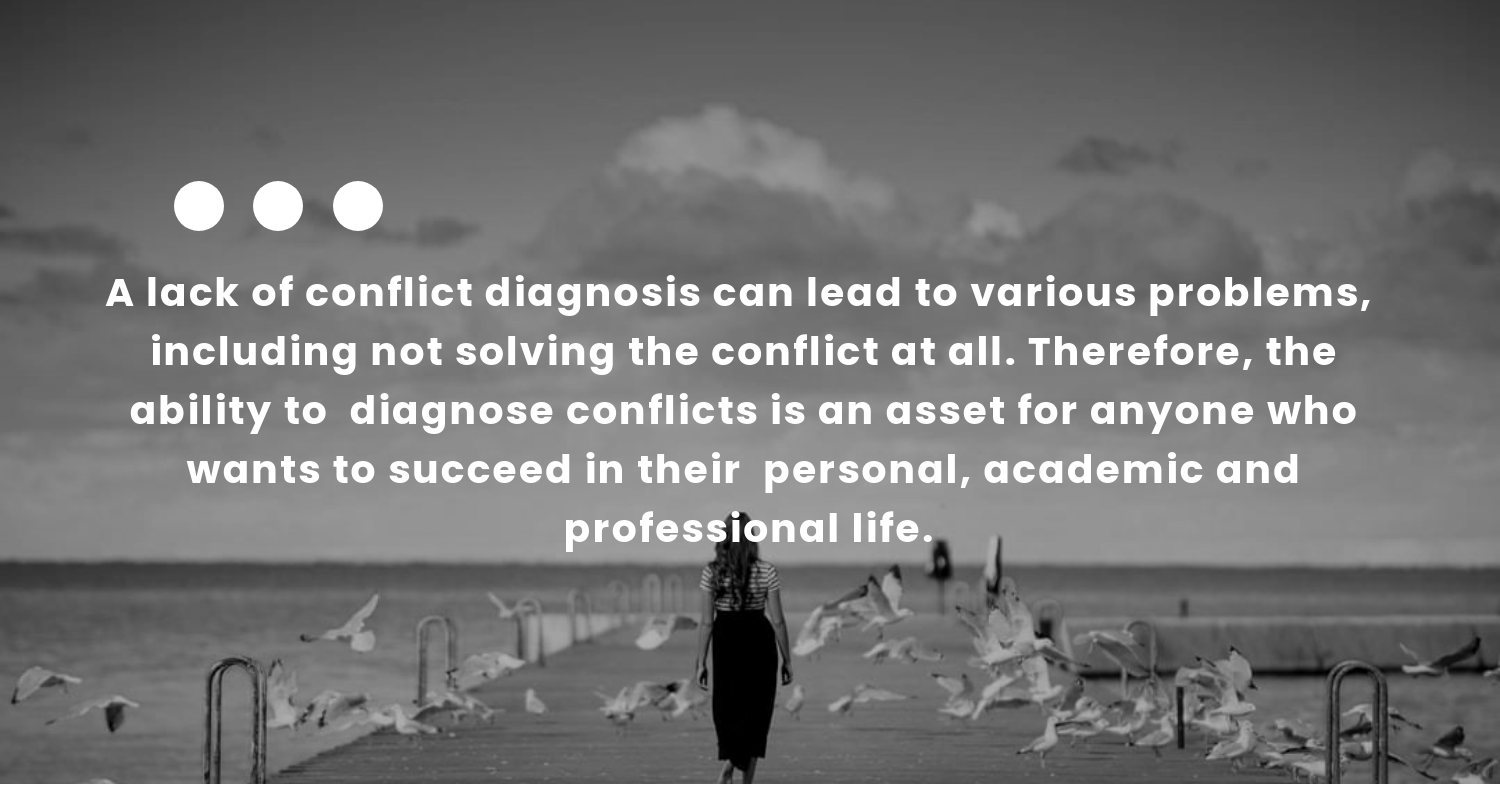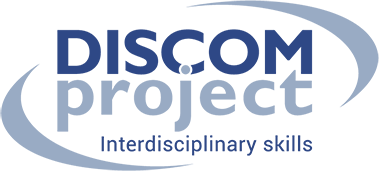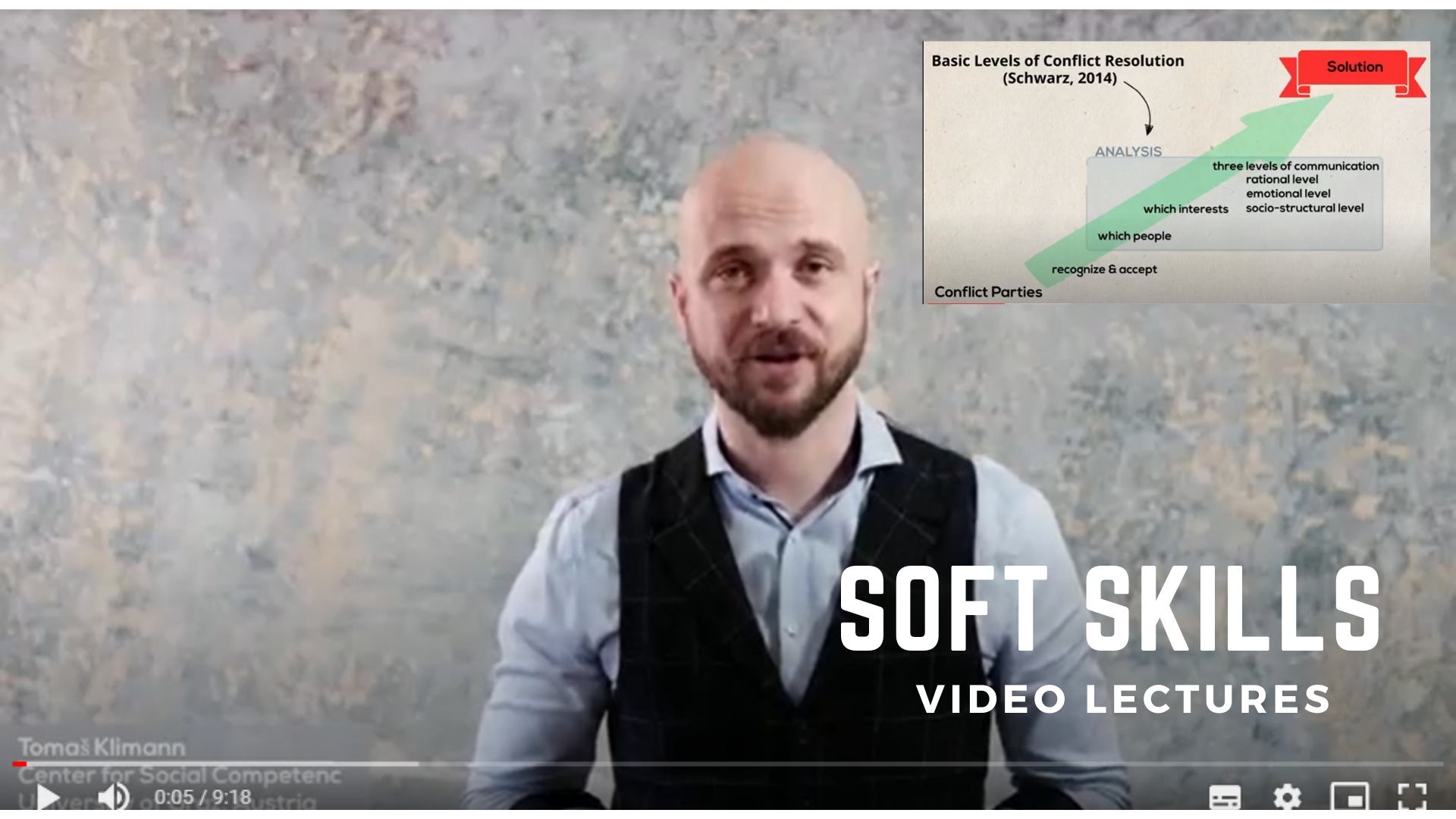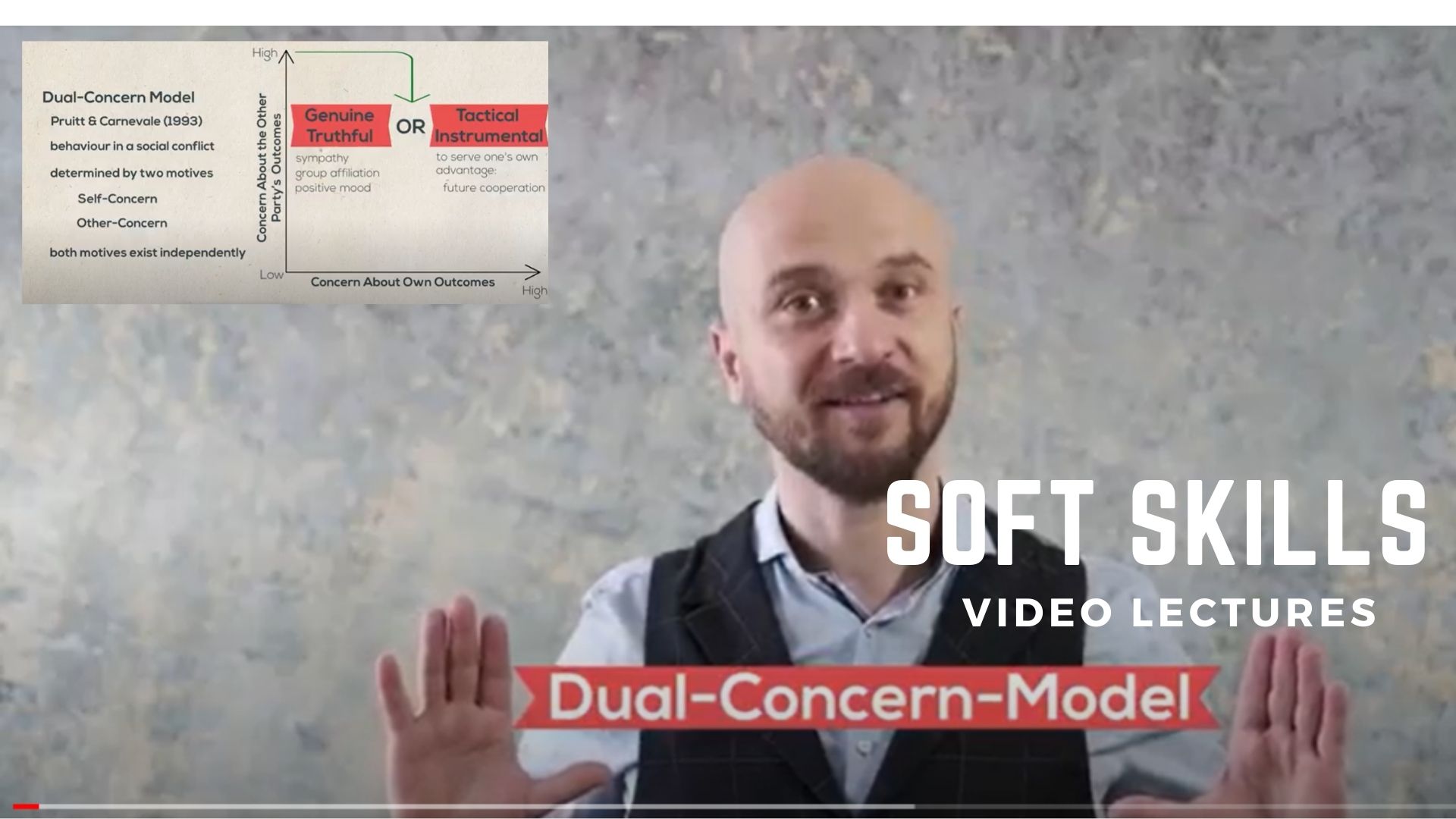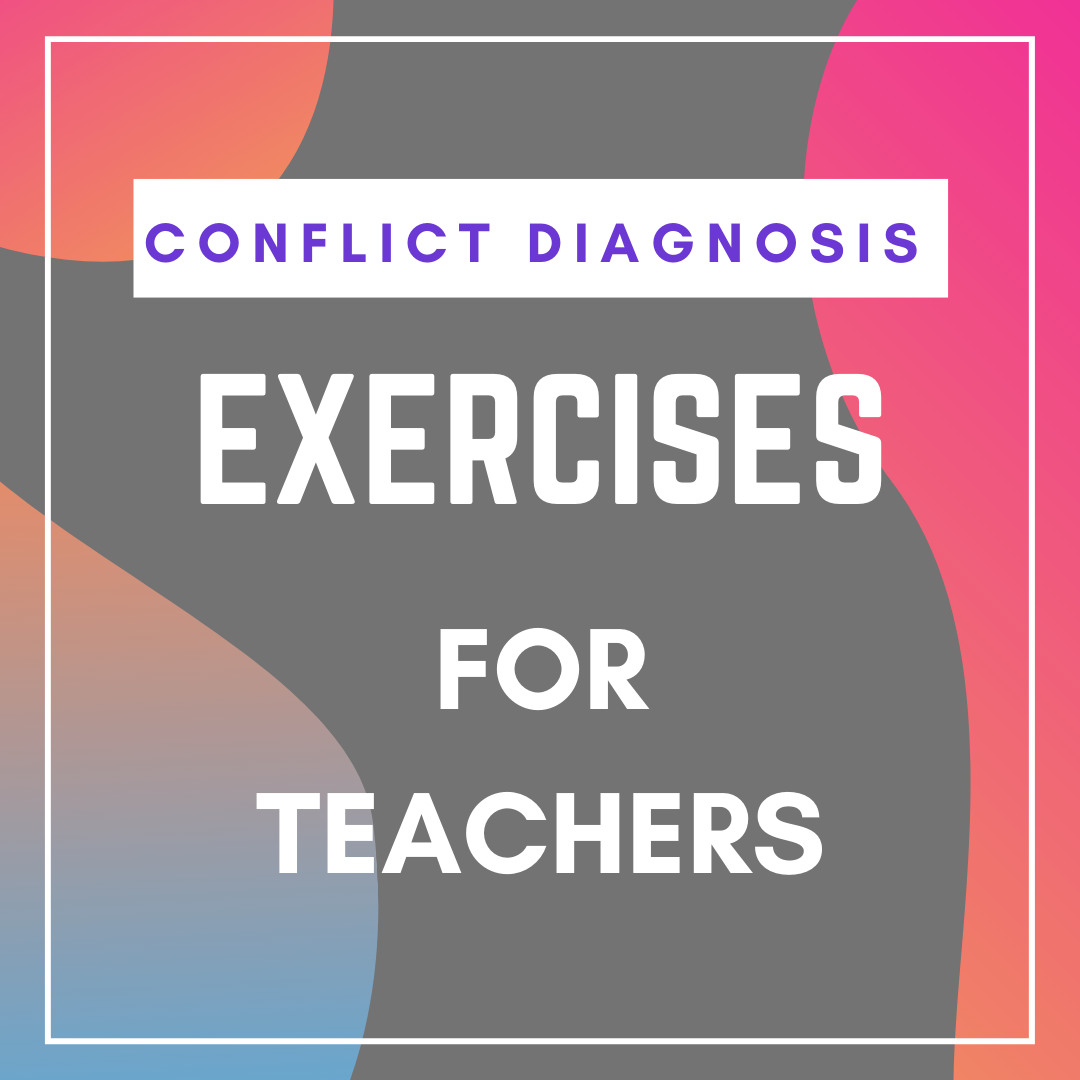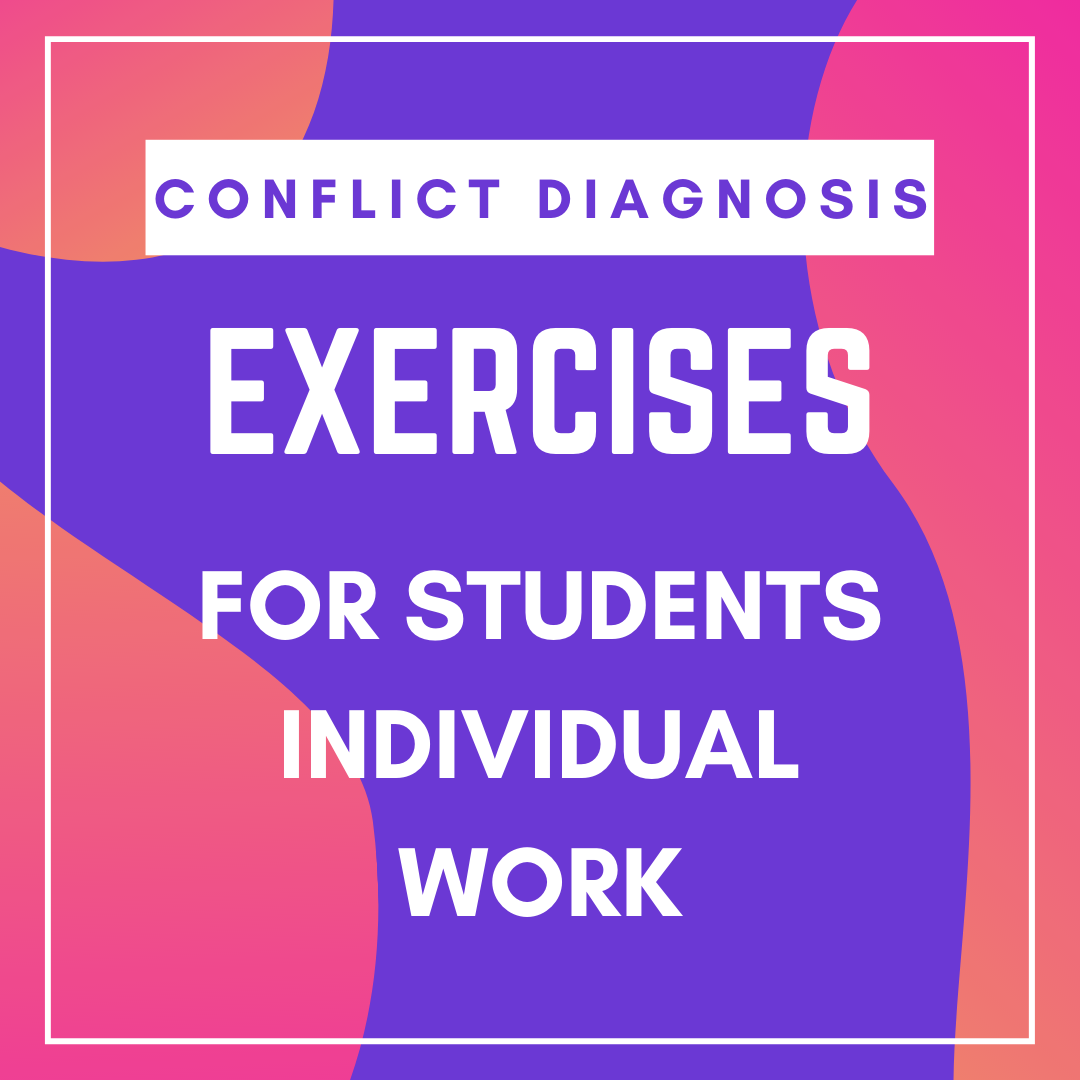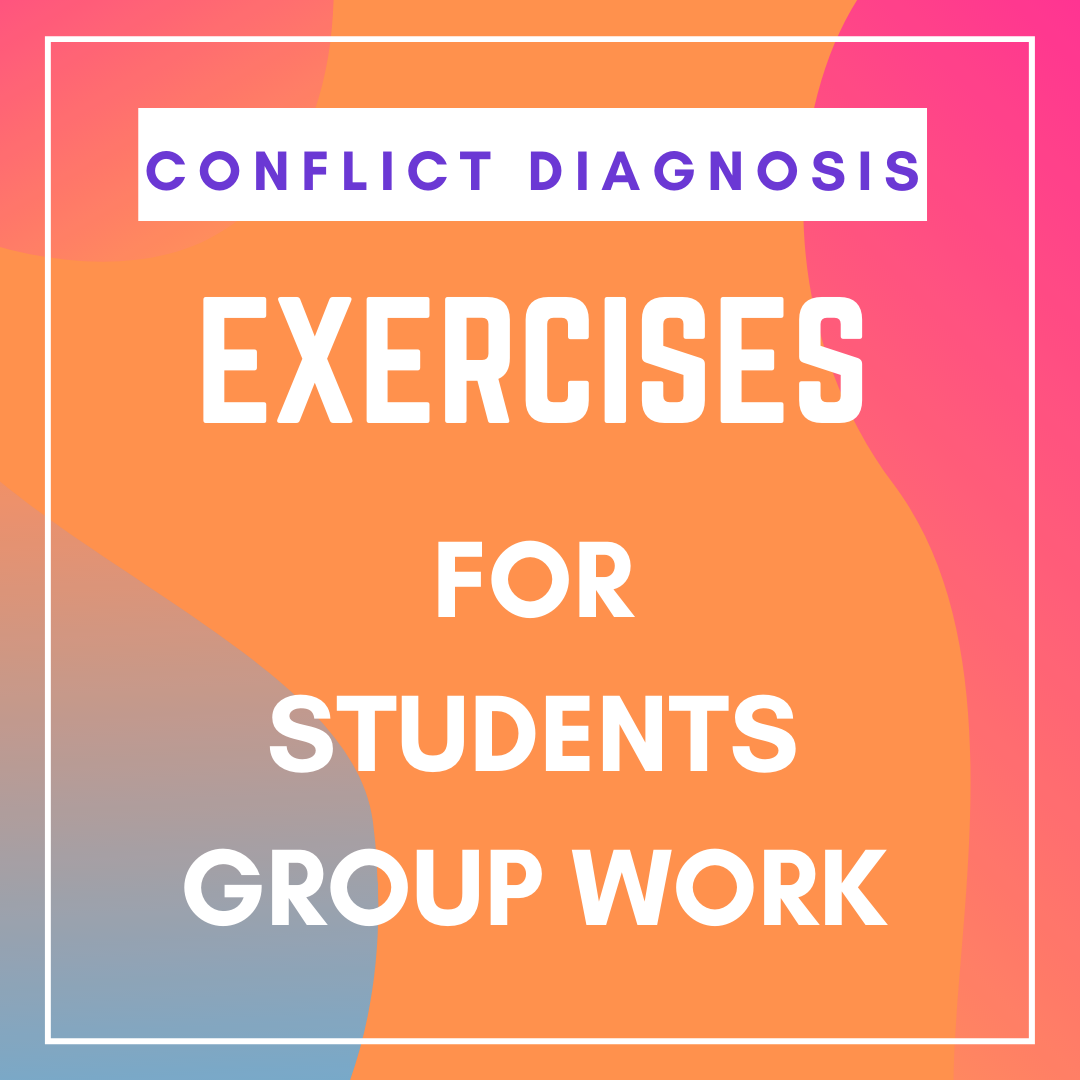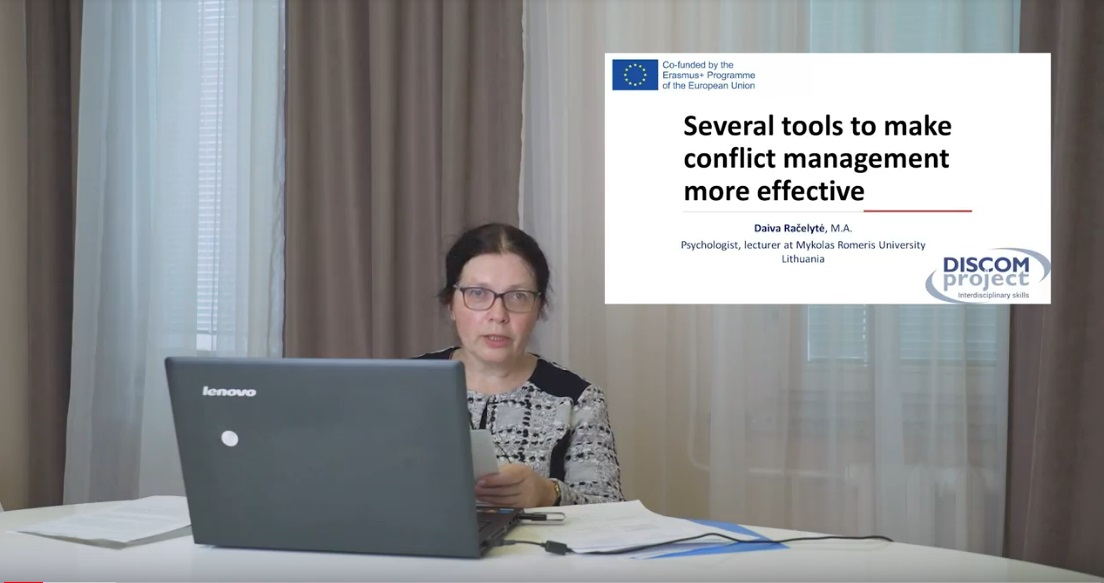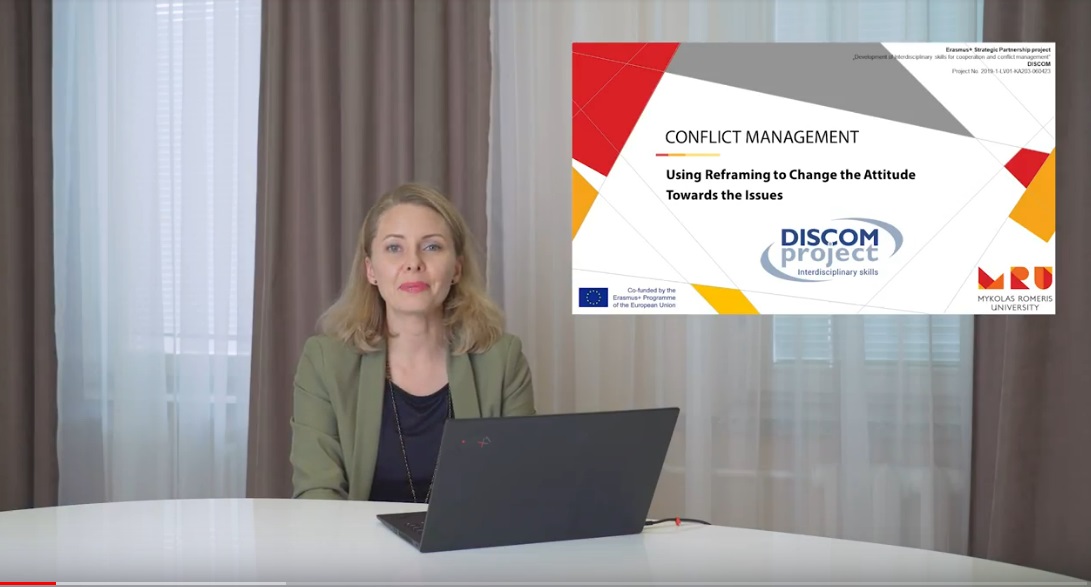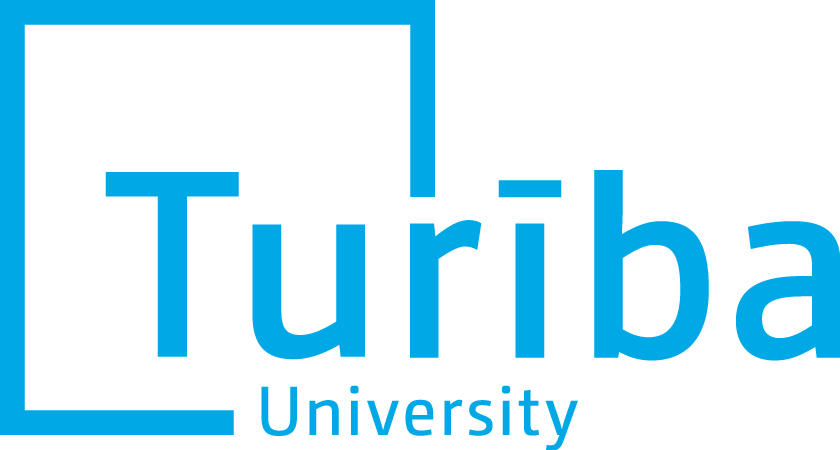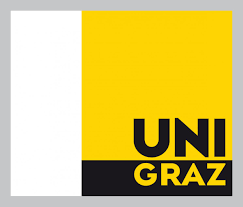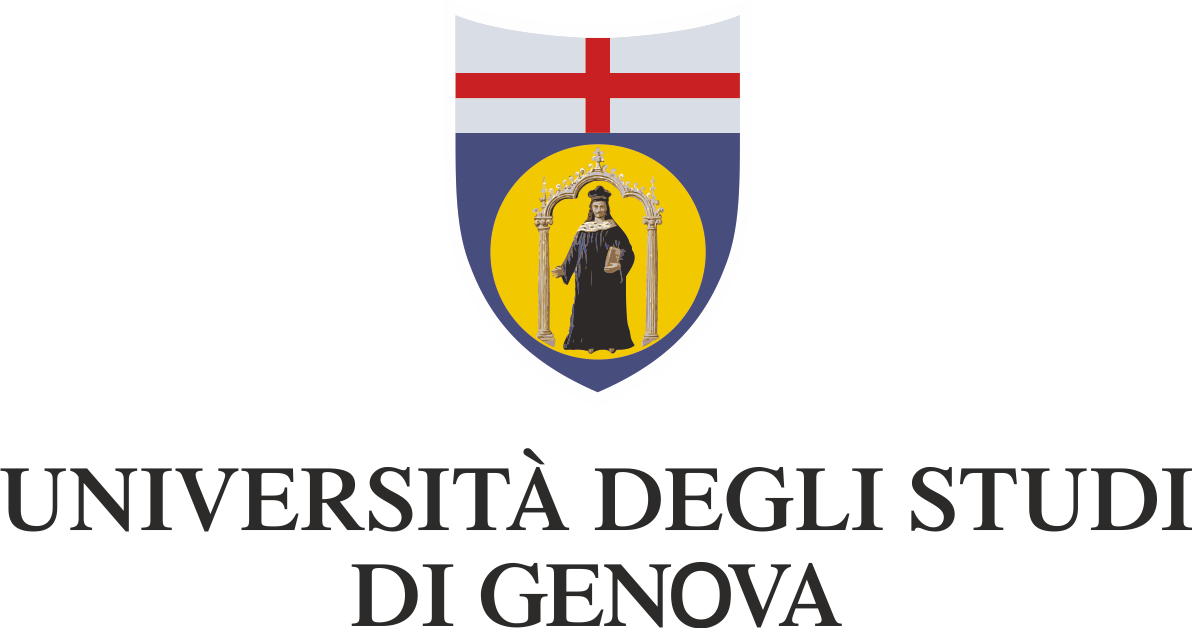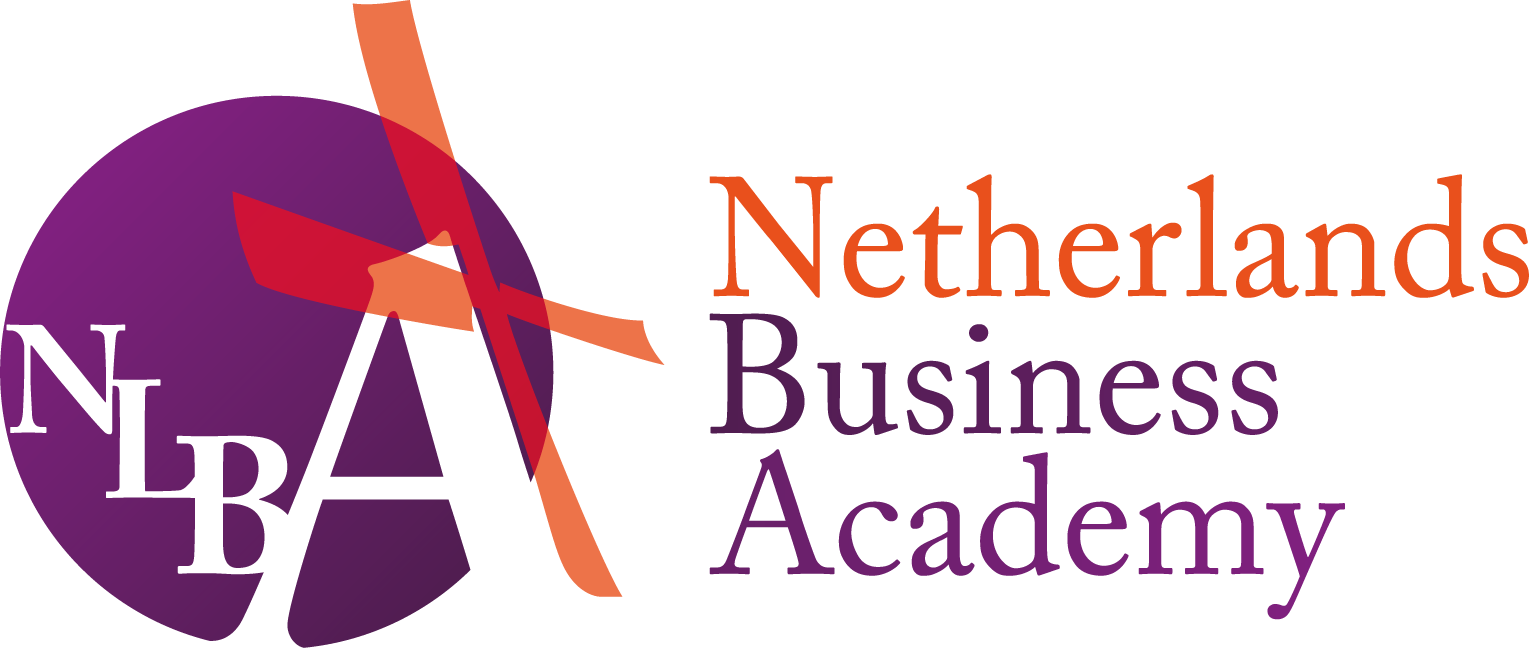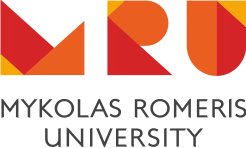Confict diagnosis and management

ABOUT CONFLICTS
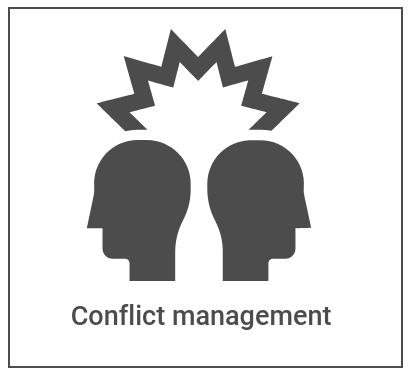 Conflicts are inevitable, they can arise whenever and wherever people meet (may it be at the workplace, at the place of study/vocational training, within families, with friends, etc.). Despite being often considered to have negative – sometimes even destructive – effects, conflicts bear potential for growth and development. Without conflicts, society would not evolve. If they are treated in a constructive way, however, progress is initiated. Therefore, it is necessary to work on conflicts with a systematic approach.
Conflicts are inevitable, they can arise whenever and wherever people meet (may it be at the workplace, at the place of study/vocational training, within families, with friends, etc.). Despite being often considered to have negative – sometimes even destructive – effects, conflicts bear potential for growth and development. Without conflicts, society would not evolve. If they are treated in a constructive way, however, progress is initiated. Therefore, it is necessary to work on conflicts with a systematic approach.
In this regard, scientists are examining the different facets of conflicts and developing models and tools for conflict analysis and diagnosis.
DIFFERENT MODELS OF CONFLICT DIAGNOSIS
By using the model of Glasl e.g. one can determine which of the 9 levels of escalation the conflict at hand has reached (Alberstötter created a similar model, summing up the escalation process to 3 levels).
This information helps in the following with the decision on the most appropriate and promising conflict resolution strategy. Another example would be the model of Schwarz. He also uses different levels to categorize the conflict resolution behaviour of the parties. With the help of this model one can estimate the current chances of reaching a consensus.
WATCH VIDEOS ABOUT CONFLICT DIAGNOSIS
LECTURER: Mag. Tomaš Klimann, MSc, Center for Social Competence, University of Graz, Austria
WHY CONFLICT DIAGNOSIS IS IMPORTANT?
People who have the competence to diagnose and further on manage conflicts are very popular and in demand on the labour market, since unsolved conflicts in organizations can lead to, inter alia, higher sickness rates, a loss of motivation among the employees, less productivity and therefore high conflict costs. Moreover, people working in leading or counselling positions (e.g. employees of human resources departments, social workers, lawyers) find themselves often confronted with different types as well as different areas of conflict. These might be e.g. inter-/intrapersonal, relationship/structural conflicts on a micro-, meso- or macrosocial level. In order to react adequately and/or give good advice it is necessary to understand the dynamics behind the problem, to find out who is involved, what are their interests and goals as well as how the conflict has progressed. Otherwise the dispute may not be solved at all, personal or business relationships may be damaged and/or the parties to the conflict may find themselves unsatisfied with the outcome, because an inappropriate dispute resolution strategy was chosen.
3 STEPS APPROACH
Diagnosing conflicts is therefore indispensable when making choices about the conflict resolution method. Glasl suggests to divide this process for more complex conflicts into 3 steps. First, for orientation, one should make a pre-diagnosis (e.g. type of conflict and level of escalation) which is followed by the professional diagnosis of a third party (like a mediator or consultant). This second step takes into account questions on the conflict issues, conflict process, conflict parties and stakeholders, the relationship between the parties as well as the fundamental understanding of the conflict, including the values of the parties and the environment in which the conflict takes place. Finally, as third step, the professionals work together with the parties to get a deeper understanding of the conflict. This self-diagnosis shall help them to reflect the underlying reasons for their actions which further on enables them to change their behaviour.
WHY SHOULD STUDENTS LEARN ABOUT CONFLICTS?
Beyond the aspect of helping others to solve their conflicts, acquiring the competence to diagnose conflicts results in a range of advantages for the students themselves.
Students who learn about conflict diagnosis will be able to analyse conflict situations from various perspectives. They can identify the current circumstances of the conflict, which type of conflict they are dealing with and what level of escalation it has reached. Moreover, they understand the dynamic behind conflicts and acquire knowledge on different tools to lead conflict discussions.
This means learning and practicing conflict diagnosis goes hand in hand with acquiring important communication skills that cannot only be used during conflict situations but also in everyday and in professional life, e.g. during business meetings or simply to establish trust and understanding, respectively avoiding misunderstandings, in any kind of relationship. These skills include – amongst others – active listening, paraphrasing and asking (different types of) questions (at the right time). In conflict situations these techniques prove to be helpful in finding out the interests and identity issues of the parties as well as exploring alternatives.
Students will also learn to reflect on their own behaviour during conflicts. Furthermore, they learn about different forms of dispute resolution (e.g. negotiation, conciliation, mediation, arbitration, court proceedings), how to distinguish them and about their advantages and disadvantages. Finally, students will know which procedure of dispute resolution for the conflict at hand would possibly be most appropriate to achieve a satisfying and sustainable outcome for the parties involved.
WATCH VIDEOS ABOUT CONFLICT MANAGEMENT TOOLS
Download leaflet about Conflict diagnostics and management HERE.
